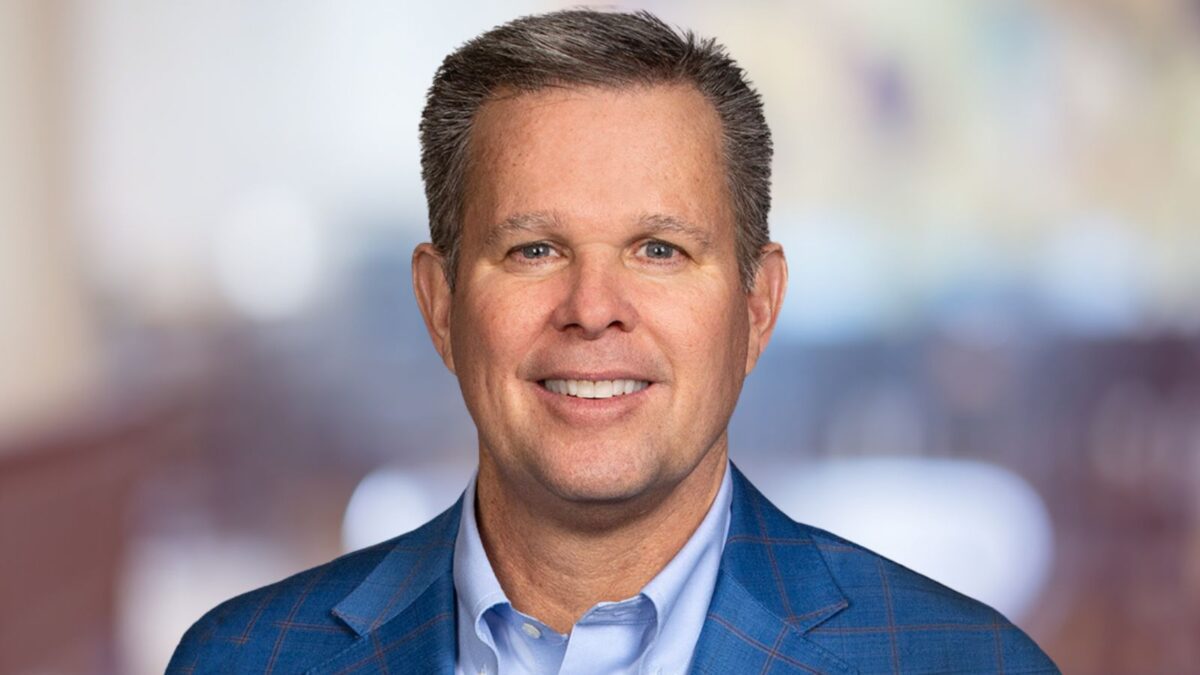Game has changed for ‘stagnant’ asset management industry: American Century
When you’re good at doing something – say, traditional long-only equity management – it’s very tempting to keep doing it.
That’s part of the reason why asset managers all around the world have been caught flat-footed as a series of disruptive changes have swept the industry they once ruled, according to Jonathan Thomas, CEO of the $200 billion American Century.
“This industry has been really stagnant for decades,” Thomas tells ISN. “Not much changed from the 1970s to not all that long ago.”
One thing that has changed is what Thomas calls “vehicle preference” – the most obvious vehicle being the humble ETF, which has replaced the mighty mutual fund in the portfolios of millions of investors, great and small, in “incredibly quick and conspicuous fashion”. American Century has built out a significant ETF franchise and benchmarks its business against 16 publicly-traded competitors; not too long ago, the vast majority of those 16 were in positive net flow. Today, only three of them are – and the difference, for the most part, is whether or not they have a successful ETF offering.
Of course, that party has been going for quite a while now, and with so many people showing up late, there’s a real question of what they can actually bring to it. While there’s around 240 ETF issuers in the United States, about 90 per cent of flows go to just a handful of them.
“I think if you’re running an asset management business you watch where the dollars are going and it’s almost compulsory to launch an ETF and try and participate, but it’s much more than just a vehicle. You have to have a unique and differentiated story that goes along with it, or you’re going to end up as one of the 240-odd (managers) that are fighting over the remaining 10 per cent of assets. “
Like many other asset managers, American Century is grappling with the “institutionalisation” of the wholesale client segment, where distribution has for decades been the domain of talented sales representatives.
“The wholesale channel has evolved tremendously, which we saw coming probably 15 years ago. But in the US, to sell into that channel was very heavily based on relationships and other non-technical factors. Today, getting on a wholesale platform means a very, very rigorous research process, there’s very skilled gatekeepers and the process we get put through to get onto an intermediary or wholesale platform is starting to look almost identical to the institutional vetting process.”
The other big shift in asset management is towards private markets, where even traditional long-only equity managers are building or buying capability in infrastructure, private equity and real estate. American Century recently acquired and rebranded impact venture capital firm 3×5 Partners, but Thomas says the move isn’t just about allocator preference for unlisted assets.
“Asset allocators and intermediaries have discovered that dealing with a large number of asset managers is expensive, cumbersome and full of risk,” Thomas says. “So we’ve seen this really profound preference to deal with fewer asset managers, and in the US – this goes back a few years – firms like Merrill Lynch and Morgan Stanley dramatically culled the number of asset managers on their platform so they could keep a relationship with fewer managers.
“One of the reasons we went into the private space – obviously allocations into the private space have been going up – was so that we could become what I call a ‘complete asset manager’ and work with our clients across a variety of vehicles, asset classes, channels and offerings… And we’re finding that our clients really enjoy having a deeper, more meaningful relationship with a smaller number of managers as opposed to a bunch of one-off relationships with a larger number of managers.”
Meanwhile, investors are on tenterhooks as they wait to see how the US presidential race shakes out for markets.
“It feels like the difference between the two candidates is very, very stark,” Thomas says. “But what tends to be good for markets in the US is split government – a Republican president with a Republican congress or a Democrat president with a Democrat congress introduces a lot of uncertainty into the market, because they have the ability to make large changes. But if you have a split government – a Republican president with a Democrat congress, or vice versa – the stalemate that stems from that provides stability and certainty to the markets.











